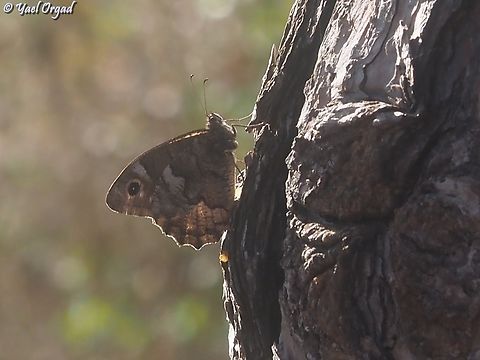
Appearance
"S. fatua" Frr.. Very similar to the preceding [ "statilinus" ], mostly larger; differs on the upper- side in having a dark submarginal line, and on the underside in the hindwing being more unicolorous and bearing mostly 2 deeply dentate black curved lines across the central area. Hindwing above often verypale in the distal area. Greece; Asia Minor. — "sichaea" Led. is a very large form from Syria, with the underside of the hindwing prominently marmorated. — "wyssi" Christ., from the Canaries now a full species, is midway between the last two forms, some specimens approaching nymotypical fatua, others being nearer to "sichaea". — "sylvicola" Aust. [now "H. statilinus sylvicola" resembles above the nymotypical form, the underside of the hindwing, however, being entirely uniformly brown-grey and completely without markings. It occurs in West Algeria and was obtained at the same place as "hansii", but flies in September, while "hansii" was caught in July. The status of these North African forms has not yet completely been cleared up. — The species, like the statilinus forms, prefer sandy soil and pine forests. On the Canary Islands the butterflies have been observed flying about the rocks on the coast and settling with preference on that side of the trunks of "Pinus canariensis" which faces the sun. According to Staudinger specimens of "fatua" are sometimes on the wing at night, entering the lit up windows and coming to the lantern. The butterflies fly from June to October.
The larvae feed on various types of grass.
References:
Some text fragments are auto parsed from Wikipedia.